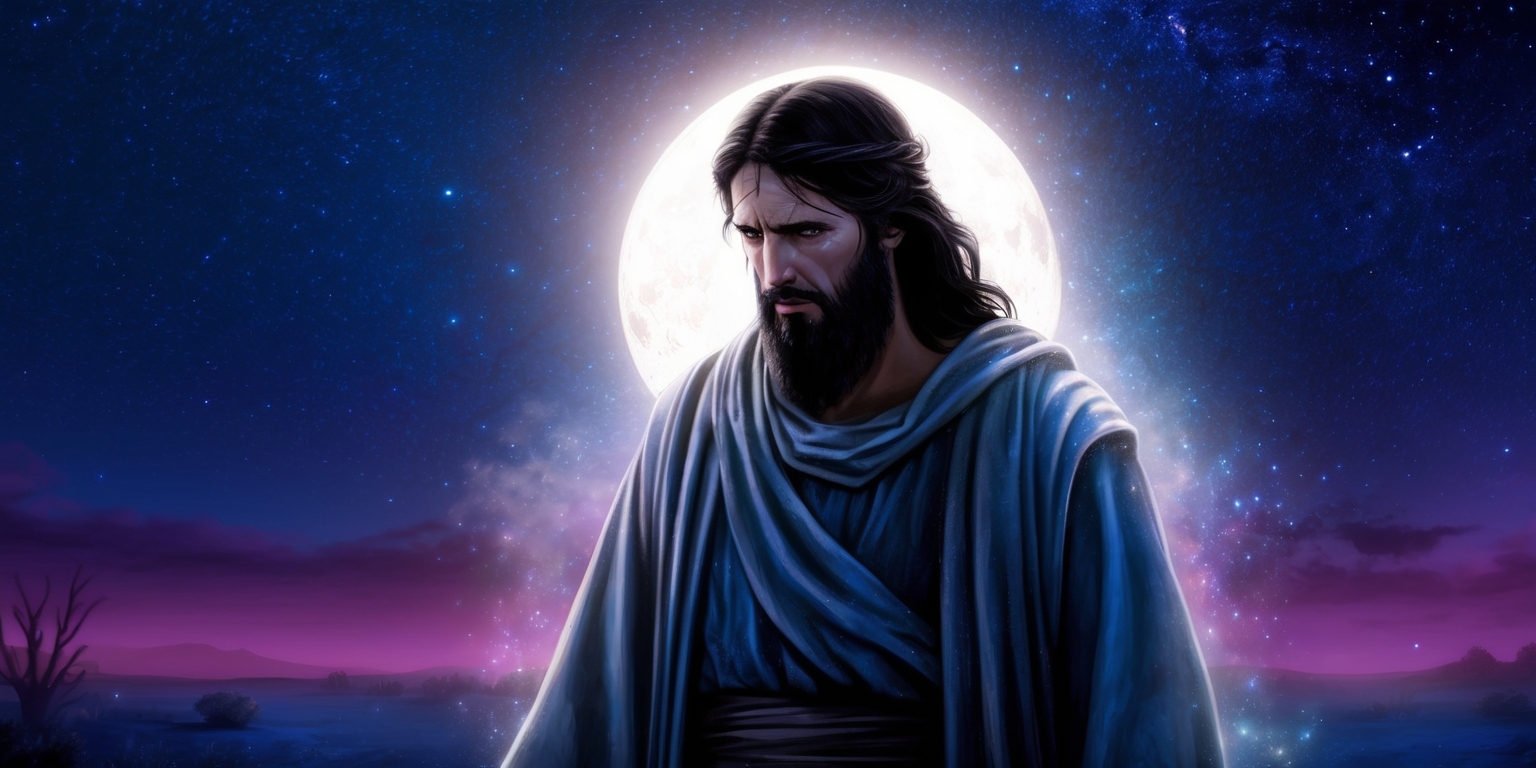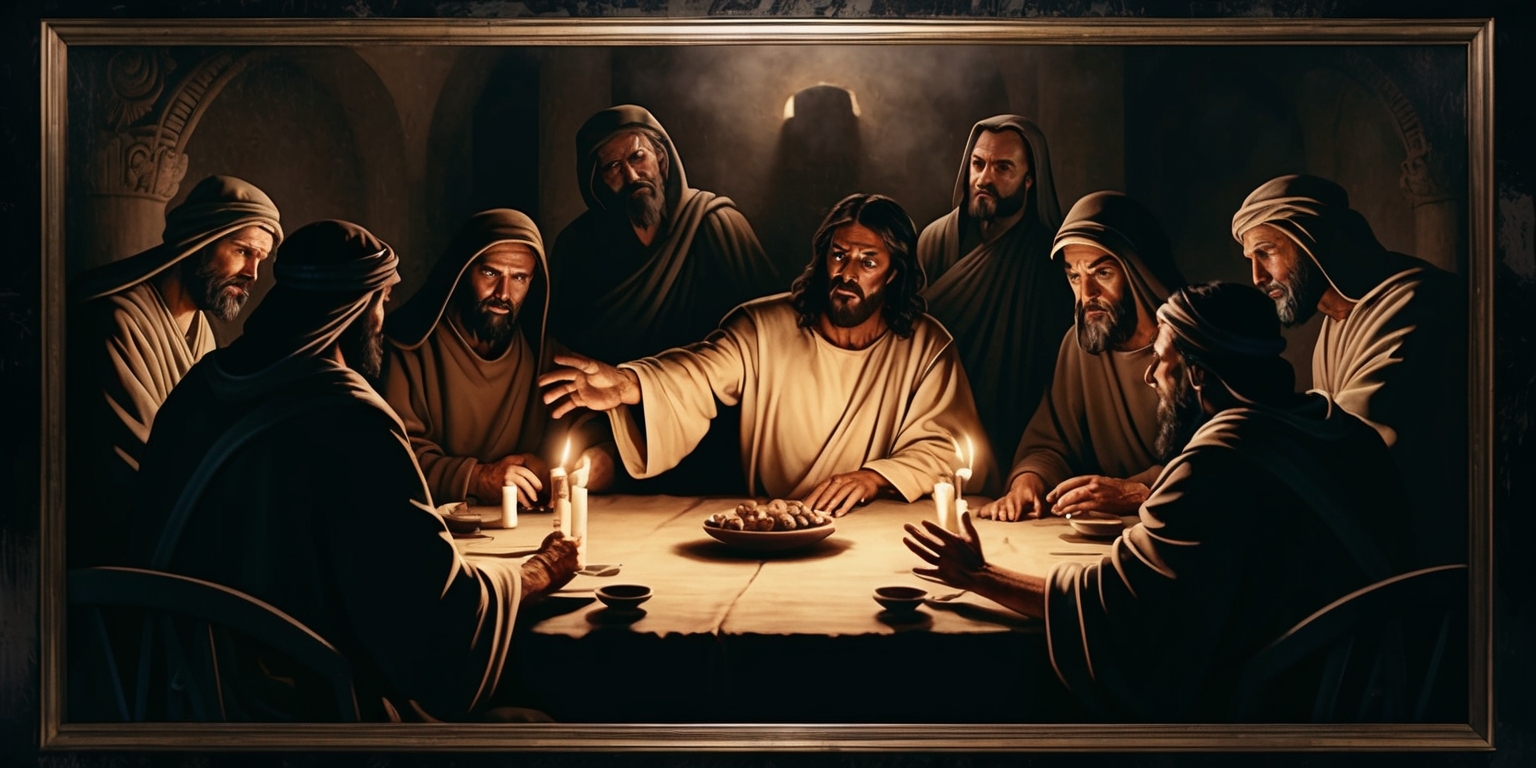Judas: Shadows of Betrayal Among the Stars
- Aug 11, 2025
- 0

The impending release of Judas introduces a realm where narrative ingenuity collides with innovative mechanics, drawing early inspiration from a celebrated legacy while boldly charting its own course. Emerging from the visionary mind of Ken Levine and his pioneering team at Ghost Story Games, this narrative-driven RPG embraces a uniquely fraught universe. The storyline, set against the backdrop of a deteriorating starship, invites players to explore deep moral choices, shifting alliances, and an ambiguous reality where every decision carries weight. Amid a space where technological marvels blend with personal trials, the game presents a captivating puzzle of identity, betrayal, and survival. The environment itself pulses with danger and intrigue, promising An encounter whose inherent unpredictability is matched only by its allure immersive.
Origins and Creative Vision
Judas is the brainchild of the visionary Ken Levine, whose previous work has defined genre boundaries and established cult followings. With this project, Levine steps into uncharted territory, bringing his distinct narrative style to a futuristic scenario far removed from the familiar dystopian urban settings of earlier titles. At Ghost Story Games, creativity flows into every design and plot decision, crafting an immersive world that challenges preconceived notions about personal and interstellar conflict. The creative intent behind Judas is evident in its detailed environment, where every visual element and gameplay nuance weaves together a tapestry of suspense and mystery. This fresh start is not merely a rehash of established ideas but a meticulously constructed universe with its own rules and existential questions.
Narrative Depth and Thematic Intricacies
The storyline of Judas is a rich narrative interwoven with themes of loyalty, betrayal, and the inexorable passage of time. Centered on the perilous journey of its mysterious protagonist, the game delves into intricate relational dynamics that unsettle the boundaries of trust and redemption. The narrative is layered, employing both explicit plot twists and subtle environmental storytelling that gradually reveal the protagonist’s troubled past and the stark consequences of prior actions. Themes of fractured alliances and personal accountability emerge as the central figures struggle to navigate shifting allegiances on board a failing starship. The storyline challenges players to question their moral compass, ensuring that every choice resonates deeply within the evolving narrative framework.
Innovative Game Mechanics and Procedural Elements
The mechanics of Judas introduce a captivating blend of narrative depth and procedural generation, crafting experiences that vary based on player decisions. Rather than relying solely on linear progression, the game deploys pseudo-procedural systems that dynamically construct levels and encounters using a library of intricately designed elements. This groundbreaking method guarantees that each playthrough unfolds in a completely unique way feel identical, as the environment reacts to the evolving storyline and player choices. Resources and strategic tools are scattered sparingly throughout the gameplay, emphasizing decision-making and adaptability. Every in-game death opens a new avenue for transformation, encouraging players to reconfigure their strategies and equipment to better tackle emerging threats. This design emphasizes both the unpredictability of the universe and the relentless nature of personal evolution amid chaos.
Atmospheric Setting and Environmental Challenges

Set aboard the doomed spacecraft known as The Mayflower, Judas situates players in an environment that is as treacherous as it is atmospheric. The starship serves as both a physical battleground and a symbolic theatre for the game’s narrative, where the remnants of a catastrophic event set the stage for survival amidst deteriorating conditions. The ship’s corridors, exposed engines, and looming structural failures create a constant pressure that adds layers of tension to each encounter. Throughout this broken vessel, ambient cues—from flickering lights to the murmur of failing life support—underscore the fragility of existence in space. The world is meticulously crafted to heighten a sense of isolation and urgency, challenging players to balance exploration with the demand for immediate action in dangerous and unpredictable settings.
Character Dynamics and The Big Three Relationships
At the heart of Judas lies a compelling network of interpersonal relations, manifesting most vividly in the interactions with a trio of enigmatic figures known as The Big Three. This group, comprising distinctive characters with markedly different aesthetics and personalities, forms the central axis around which the protagonist’s journey revolves. Their influence permeates the narrative, as decisions to aid one may inadvertently provoke another, ensuring that each action carries significant ramifications within the unfolding drama. The interplay of loyalty and conflict is rendered through dynamic dialogues and challenging choices that bend the storyline in various directions. As Judas navigates the fractured alliances, the tension among these central figures drives home the thematic complexity of trust, sacrifice, and the perpetual balancing act between cooperation and self-preservation.
Augmented Reality: The Dual Nature of Judas
The protagonist of Judas is shrouded in ambiguity, with hints that her identity is a blend of human emotion and technological augmentation. Early glimpses suggest that she may possess cybernetic enhancements, evident in the distinctive glowing mark on her hand and other extraordinary abilities reminiscent of plasmid-like powers. This duality raises questions about free will and the limits of human augmentation. Is she a human reshaped by technology, or is she something altogether else, an android embodying the best and worst of humanity? The tension between organic vulnerability and synthetic resilience serves as a central motif throughout her journey. This combination of human emotion and technological prowess allows the narrative to explore themes of transformation and the relative nature of power, making her character both relatable and enigmatic.
Time and Memory: Layering of Chronology and Impressions
One of the intriguing aspects of Judas is its playful yet thoughtful engagement with time and memory. Elements of the narrative hint at the possibility of time being a flexible dimension within the game. Subtle moments—like the unexpected appearance of a calendar marked with a bygone era—invite the player to question the linearity of events and the authenticity of recollected memories. This leads to an experience where the landscape of time itself becomes a gameplay element, challenging players to discern truth from manipulated history. The game hints at mechanisms that allow for alterations in the protagonist’s perception of the past and present, thereby questioning established narratives. In this layered, almost labyrinthine storytelling method, every moment beckons the player to reconsider their understanding of cause and effect in a cosmos that flourishes through dynamic synergy among history and fate.
Combat Strategies and Plasmid-like Abilities
Combat in Judas is designed to be a strategic and evolving experience, where every encounter demands careful thought and timely reactions. The game incorporates a suite of powers that evoke the familiar energy manipulations seen in earlier genre-defining titles, yet reimagines them within a futuristic framework. The protagonist’s ability to harness unique energy-based skills not only forms the core of combat but also interlaces with the narrative’s themes of transformation and survival. Resource scarcity demands that players plan their attacks, balancing aggression with tactical retreats. Each skirmish serves as an opportunity to re-evaluate strategies and fine-tune the protagonist’s approach to adversaries. The decision-making process becomes a critical component of combat, wherein the consequences of each move extend beyond immediate encounters and ripple throughout the broader narrative tapestry of Judas.
Artistic Aesthetics and Visual Narratives
The visual design of Judas stands out with its blend of futuristic technology and haunting decay, establishing a tone that is both mesmerizing and foreboding. Detailed artistry is evident in every broken panel of The Mayflower, as The dynamic interaction between illumination and darkness highlights the solitude and despair lurking in the ship’s corridors. The melding of retro-futuristic elements with modern technology creates a space that exudes a sense of well-lived charm and genuine authenticity, while also pushing the aesthetic boundaries of the traditional space adventure. This artistic vision extends to character designs, where even the smallest detail on The Big Three or the protagonist hints at deeper narrative motifs. The meticulous attention to visual detail transforms every frame into a potential storyteller, ensuring that the game’s look is as immersive and thought-provoking as its gameplay mechanics.
Challenges, Choices, and Player Agency
In Judas, the player is entrusted with decisions that fundamentally influence the trajectory of both the story and the gameplay environment. The unique system of reactive storytelling ensures that every choice, no matter how minute, creates ripples that reshape alliances and alter the landscape of both the starship and its inhabitants. Emphasizing the importance of agency, the game challenges players to weigh immediate rewards against long-term consequences. Resource management and risk assessment are interwoven with narrative outcomes, compelling each decision to be deliberated carefully. The game’s design reinforces that failure is not merely a setback, but an opportunity to evolve the character’s toolkit and adapt to the shifting circumstances. In this sense, Judas transforms each challenge into a powerful narrative device that encourages deeper engagement with the game’s intricately linked systems and character dynamics.